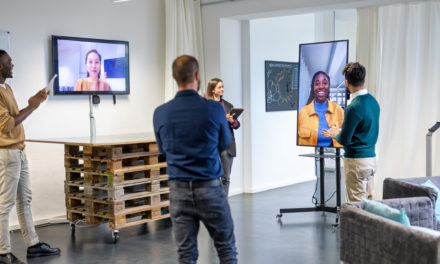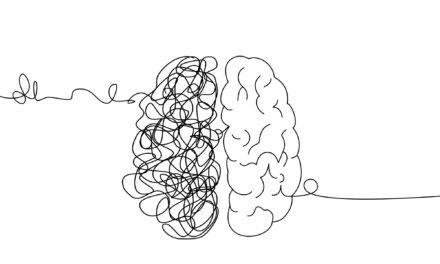
In the Diversity and Inclusion space, there has been a noticeable trend to prioritize diversity over inclusion. A quick google search reveals articles like “Why Inclusion is More Important than Diversity” and “Why Diversity Does Not Create Inclusion.” And more and more, across companies large and small, the role previously known as the Chief Diversity Officer is being renamed Chief Inclusion Officer or head of Inclusion and Diversity.
In his TED Talk, “Upside Down Diversity,” Andrés Tapia highlights the general thinking about diversity as a concept when he says:
“Diversity 1.0 is outdated…Diversity is too loaded with baggage. Too much JUST about race and gender. It is about compliance.”
I would argue that the very elements of diversity that make it unpopular, also make it worth our sustained attention. Diversity is loaded with baggage – the baggage of compliance and targets that we have not yet hit in our organizations. White women still make 80 cents to a white man’s dollar, with African American and Latina women earning even less. There are still less than five people of color leading Fortune 500 companies, and even for companies that have made some gains, those tend to be in entry level roles and not in the professional and management ranks of an organization. Yes, diversity is very much about race and gender because those continue to be persistent gaps in our workforce representation. And while not all people of the same race or gender think the same, the life experiences that accompany racial and gender differences significantly contribute to other kinds of diversity – thinking, socio-economic status, language, at times religion, and many others.
Don’t get me wrong, inclusion is important. Later in his talk, Tapia says that we need strategies to bring diverse perspectives in the door and keep them once they are there. I have often likened diversity without inclusion to a bucket with a hole in it – as fast as the bucket can be filled with marginalized groups, the “holes” in our culture that create less than inclusive environments nullify those efforts as we see a revolving door of diverse talent.
But inclusion is only one, albeit an important, piece of the puzzle. Inclusion is limited to the culture inside of our organization and perhaps, at its best, the experiences of an organization’s customers. But it does little to address the significant barriers that women and people of color face in even making it into the very spaces that purport inclusive practices. How can we focus on inclusion when the school to prison pipeline is more straightforward than the pipeline for diverse talent? How can we focus only on inclusion when research shows that women wait until they have 100% of the qualifications for a job before applying, compared to men who apply when they meet 60-80% of the qualifications?
How can we focus on inclusion when the school to prison pipeline is more straightforward than the pipeline for diverse talent? Click To TweetFundamentally, we have significant barriers to entry in our organizations and while inclusion is critical to maintaining a culture that retains diverse talent, we cannot lose sight of diversity. Diversity is loaded with baggage, but it’s precisely this baggage that we need to unpack to understand the barriers to inclusion. And I fear that prioritizing inclusion over diversity gives us an “out” of that critically important work that, in order to have truly inclusive work cultures, we cannot afford to miss.
I fear that prioritizing inclusion over diversity gives us an “out” of that critically important work that, in order to have truly inclusive work cultures, we cannot afford to miss. Click To Tweet

















